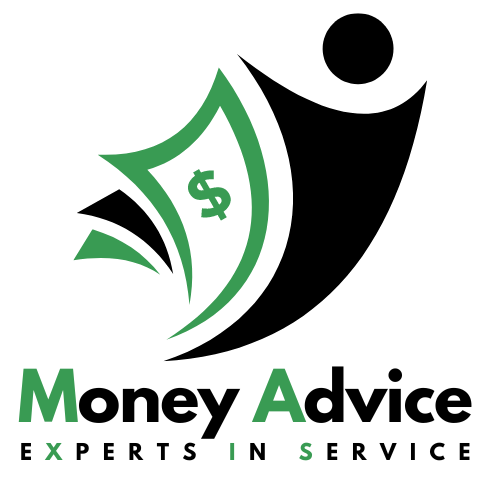When it comes to purchasing a home, one of the biggest hurdles for many people is securing a traditional mortgage. For self-employed individuals or those with non-traditional sources of income, this process can be even more challenging. This is where low doc home loans come in. A low doc home loan, short for low documentation home loan, is a type of mortgage that requires less documentation and proof of income compared to traditional home loans. In this article, we will delve into the specifics of low doc home loans, including what they are, who they are best suited for, and the benefits and drawbacks associated with them.
What is a Low Doc Home Loan?
A low doc home loan is designed for individuals who may not have access to the typical documentation required for a traditional mortgage, such as tax returns or financial statements. This type of loan is particularly popular among self-employed individuals, freelancers, and small business owners who may have a fluctuating income or difficulty proving their income through traditional means.
Who is a Low Doc Home Loan Best Suited For?
Low doc home loans are best suited for individuals who fall into one of the following categories:
- Self-employed individuals
- Freelancers
- Small business owners
- Contract workers
These individuals may have a steady income but lack the necessary documentation to prove it to traditional lenders.
The Benefits of a Low Doc Home Loan
There are several benefits associated with low doc home loans, including:
- Flexibility: Low doc home loans offer more flexibility in terms of the documentation required, making it easier for self-employed individuals to secure a mortgage.
- Streamlined application process: With fewer documents to gather and submit, the application process for a low doc home loan is typically quicker and more straightforward than a traditional mortgage.
- Competitive interest rates: Despite the perceived risk associated with low doc home loans, many lenders offer competitive interest rates to attract borrowers.
The Drawbacks of a Low Doc Home Loan
While low doc home loans offer many benefits, there are also some drawbacks to consider, including:
- Higher interest rates: Due to the increased risk for lenders, interest rates for low doc home loans are often higher compared to traditional mortgages.
- Limited borrowing capacity: Borrowers may be limited in the amount they can borrow with a low doc home loan, which could impact their ability to purchase the property they desire.
- Additional fees: Some lenders may charge higher fees for low doc home loans to offset the increased risk.
Conclusion
Low doc home loans provide a valuable alternative for individuals who may not have access to traditional mortgage options due to their employment status or income structure. While they offer flexibility and a streamlined application process, it’s essential to consider the potential drawbacks, such as higher interest rates and limited borrowing capacity. Ultimately, low doc home loans can be a useful tool for those who need them, but it’s crucial to weigh the pros and cons carefully before making a decision.

 Homeowner’s Code
Homeowner’s Code Rattle the Market
Rattle the Market McDonald’s Monopoly
McDonald’s Monopoly Home Loan Handbook
Home Loan Handbook Turbocharge Wealth
Turbocharge Wealth Real Estate Secrets
Real Estate Secrets